Top Plants to Propagate this Fall
Emily Fielder2024-09-05T07:26:02-06:00September is an excellent time to propagate a variety of plants in North America. The cooler weather creates ideal conditions for rooting cuttings and establishing new plants. The keys to success are understanding your region’s specific climate and choosing the right plants that will thrive during this transition. Let’s take a look at some of the top plants to propagate this Fall.
Top Plants to Propagate By Zone
Below, we highlight the best plants to propagate this fall, tailored to your specific Hardiness Zone. Since these zones vary across the U.S. by region, understanding how temperature differences affect plant propagation success is key to a thriving garden.
Northeast and Mid-Atlantic (Zones 4-7)
In the Northeast and Mid-Atlantic regions, September is perfect for plant propagation, especially perennials and woody shrubs. The cooler temperatures reduce stress on new plants.
- Perennials: Consider dividing and replanting hardy perennials like Hosta, Daylilies (Hemerocallis), and Sedum (Sedum spectabile). Dig up the plant clumps, separate them into smaller sections with roots, and replant immediately.
- Woody Shrubs: Propagate shrubs like Hydrangea and Spirea by taking semi-hardwood cuttings. Cut 6-inch sections from healthy stems, remove the lower leaves, dip in rooting hormone, and plant in a well-draining potting mix. Keep them moist and in indirect light until roots form.
Southeast (Zones 7-9)
The Southeast’s warm September weather is ideal for propagating a wide range of plants, but moisture management is crucial.
- Herbs: Herbs like Rosemary, Thyme, and Oregano are perfect for propagation this month. Take 4-6 inch cuttings, strip the lower leaves, dip in rooting hormone, and place them in a potting mix. Ensure they remain humid by covering them with a plastic bag until roots develop.
- Evergreen Shrubs: Evergreen shrubs like Camellias and Gardenias can be propagated via semi-hardwood cuttings. Follow the same method as for herbs, but these cuttings may take longer to root, so patience is key.
Midwest (Zones 4-6)
In the Midwest, cooler nights and moderate days in September make it a good time for plant propagation – especially if you focus on herbaceous and woody plants.
- Perennials: Plants like Echinacea (Coneflower), Black-Eyed Susan (Rudbeckia), and Phlox can be divided and transplanted now. This helps rejuvenate older plants and creates new plants for the garden.
- Viburnum: This shrub is ideal for plant propagation in the fall. Take 6-8 inch cuttings, remove the lower leaves, and place them in a mixture of sand and peat. Keep the soil moist and place in a sheltered area.
Southwest (Zones 8-10)
With September still quite warm in the Southwest, it’s best to focus on succulents and desert-adapted plants for propagating.
- Succulents: Succulents like Aloe, Agave, and Sedum can be propagated easily by leaf cuttings or offsets. Simply cut or twist off a leaf, let it callous for a few days, and then place it on well-draining soil.
- Cacti: Many cacti can also be propagated from pads or offsets. Allow the cuttings to dry for a week before placing them in sandy soil. Water sparingly until roots form.
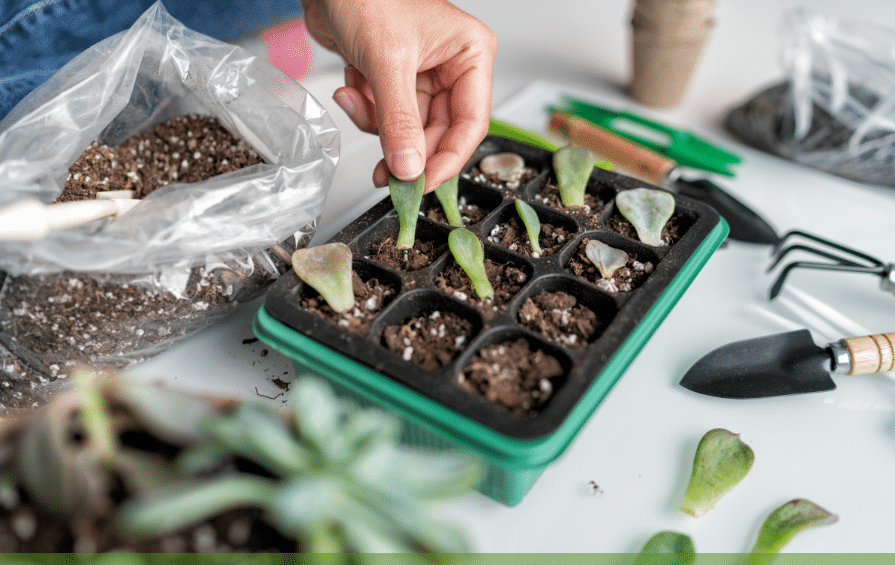
Pacific Northwest (Zones 7-9)
The Pacific Northwest typically has mild September weather. These temps are ideal for a variety of plants, making fall plant propagation very popular for many gardeners.
- Rhododendrons and Azaleas: These plants can be propagated using semi-hardwood cuttings. Take 4-6 inch cuttings, remove most leaves, and plant in a mixture of peat and perlite. Keep them in a humid environment until they root.
- Ferns: Ferns like Sword Fern (Polystichum munitum) can be divided now. Dig up the clump, separate the rhizomes, and replant in a shady spot with moist, well-draining soil.
Mountain West (Zones 3-7)
In the Mountain West, where the first frosts can come early, September is a time to focus on hardy plants for propagation.
- Lavender and Sage: These herbs are well-suited for propagation in the early Fall. Take cuttings, strip the lower leaves, dip in rooting hormone, and plant in a well-draining mix. Keep in a sheltered spot until they root.
Plant Propagation Success with PlantTAGG
The top plants to propagate this fall depends heavily on your local climate. Choose plants that are suited to your region and use appropriate propagation techniques to ensure success. With care, the plants you propagate will be well-established by the time spring arrives.
If you aren’t sure which plants would be ideal for your location and climate, PlantTAGG can help. You can learn more about how PlantTAGG calculates and manages your hardiness zone here. Get the app today — available for download in both the Apple store and on Google Play — and let PlantTAGG improve your plant propagation success this Fall!


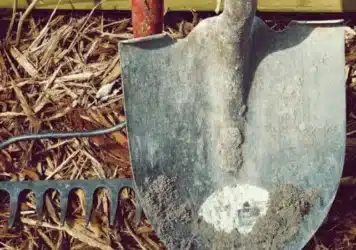
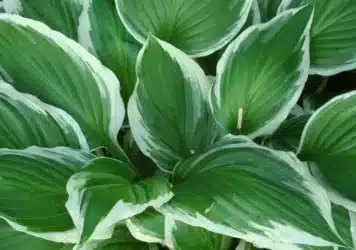

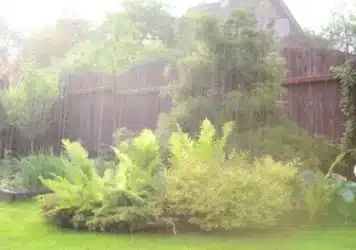



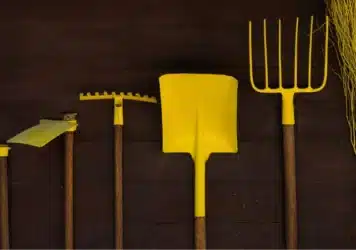
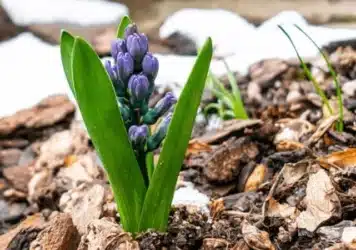

Leave a Reply